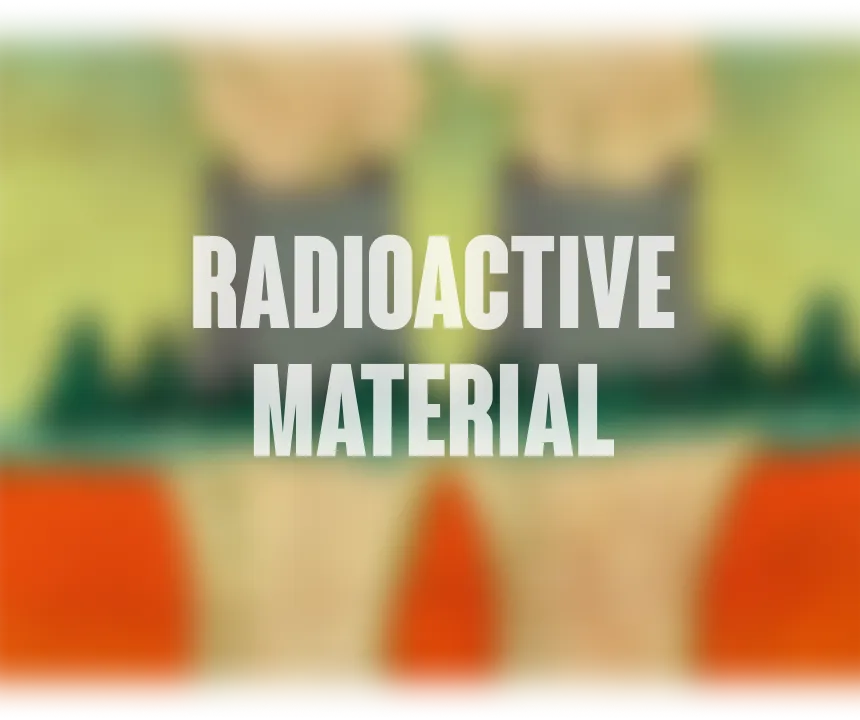
Timeline
Nuclear disasters have marked history with their devastating impacts on the environment and human health. These events highlight the risks associated with nuclear energy and the need for rigorous management of radioactive waste. This article explores five major incidents that have shaped our understanding and policies on nuclear security
History of nuclear
incidents

radioactivity
waste
Radioactive waste is substances containing radionuclides for which no future use is anticipated. They are classified according to their level of radioactivity and their lifespan, ranging from very short-lived waste to high-level waste.
Waste Management: Short-lived waste, representing 90% of the total volume but only 0.1% of the radioactivity, is generally compacted and stored in secure facilities. Long-lived waste, concentrating 99.9% of radioactivity, requires specific treatment and deep storage.
Risks and Precautions: Radioactive waste poses risks to human health and the environment due to the radiation it emits. To minimize these risks, they are isolated in suitable containers and stored in monitored facilities for several centuries.
Sustainable Solutions: The Cigéo project in France aims to store the most hazardous waste in a deep geological layer to ensure long-term safety. This project reflects the commitment to sustainable and safe management of radioactive waste.